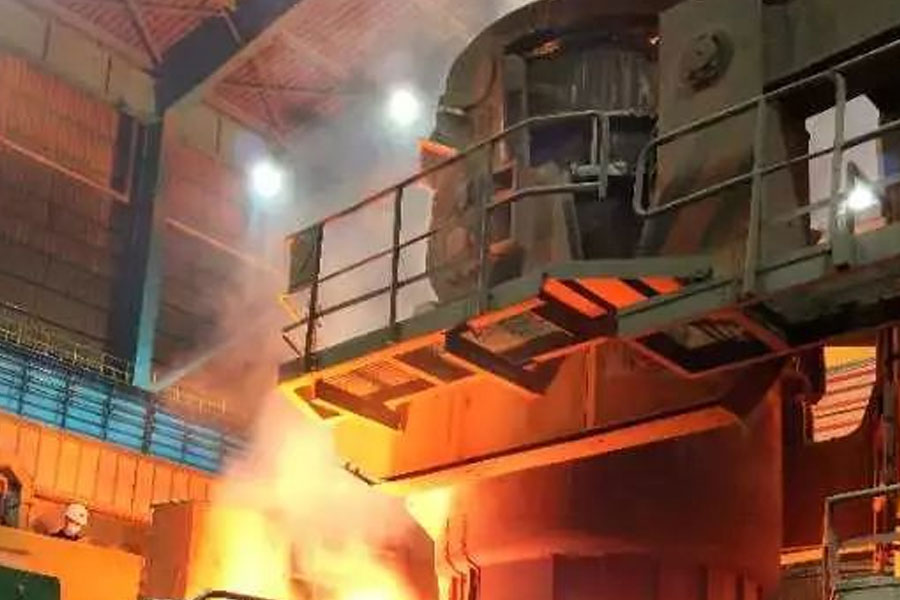1. Precision principle: The number of processes for drawing parts is related to the material properties, drawing height, number of drawing steps, drawing diameter, material thickness and other conditions, and needs to be recognized by the drawing process accounting talent.
2. The principle of fineness: The number of processes for the bending part mainly depends on the messiness of its structure and shape, and it needs to be determined according to the number of bending angles, relative orientation and bending direction.
3. The principle of exquisiteness: When the section quality and standard accuracy of the stamped parts are high, you can consider adding a trimming process after the punching process or directly selecting a fine punching process.
4. Principle of precision: When blanking a workpiece with a simple shape, the single-process die can be used. When blanking a workpiece with a messy shape, due to the restriction of the structure or strength of the die, the surface and the inside of the workpiece should be divided into several parts. , Need to select multiple Metal Stamping processing procedures. When necessary, a continuous die can be used. Regarding workpieces with high flatness requirements, a leveling process can be added after the punching process, so that the characteristics of each product can be accurate to the production process.
5. Quality principle: In order to ensure the quality of fine metal stamping parts, advancing the stability of the metal stamping process sometimes requires an increase in the number of processes. For example, the additional positioning process hole punching of the bending part, the increased deformation reduction hole punching in the forming process to transfer the deformed area, etc., to ensure that each product is refined, refined and exquisite.
Five principles of precision hardware stamping processing

Leave a Reply